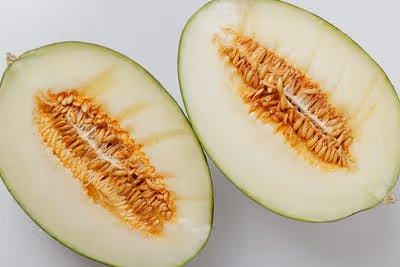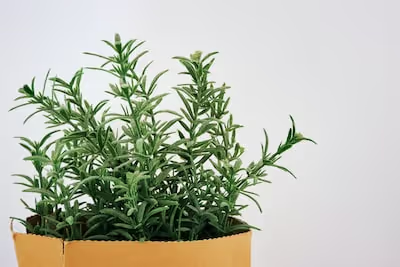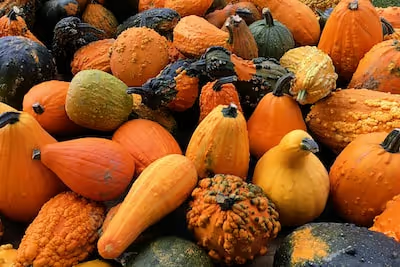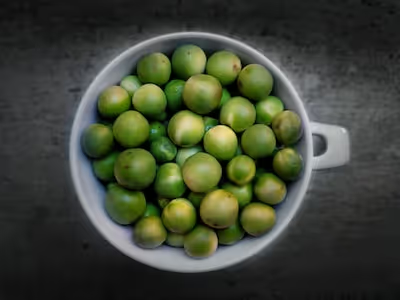Growing Sorrel for Fresh Flavor and a Healthy Garden Harvest
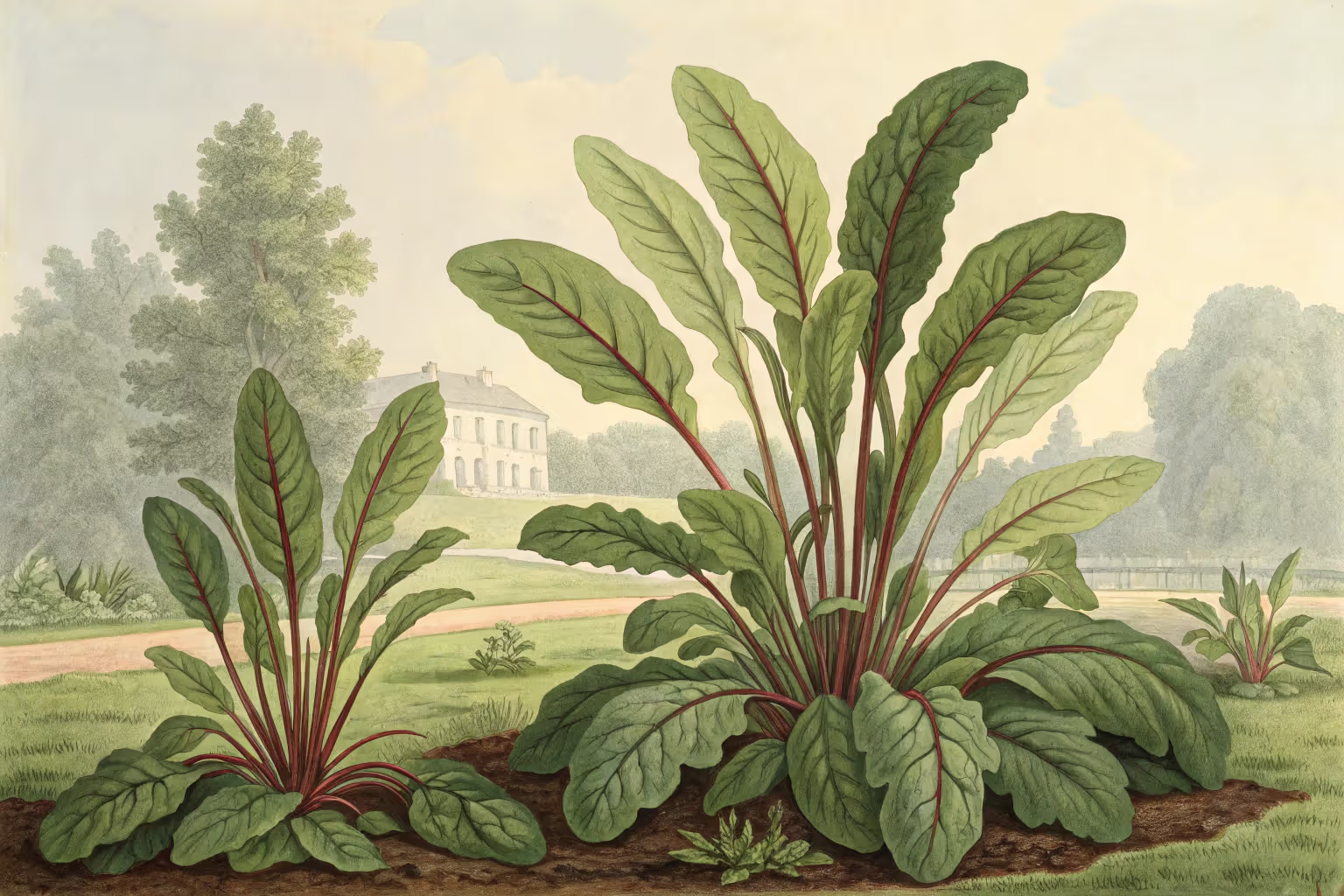
Growing Sorrel
Growing sorrel delivers tangy, vibrant greens that thrive with minimal fuss, flourishing in cool temperatures and partial shade. Sow seeds directly in early spring, provide consistently damp, well-drained soil, and effortlessly harvest tender young leaves in just 45 days. This hardy perennial offers flavorful citrus zing to your salads and sauces, demanding little yet rewarding abundantly, so keep reading to savor more sorrel-growing wisdom.
Cheatsheet: Sorrel for Vibrant Flavor & Garden Health
🌱 Choose the Right Sorrel
- Garden sorrel (Rumex acetosa): classic, tangy
- French sorrel: milder, lemony
🔆 Site & Soil
- Full sun or partial shade
- Moist, well-drained soil, pH 5.5-6.8
- Mix in compost for nutrients
📅 Sowing & Timing
- Direct sow late spring (soil 50-70°F / 10-21°C)
- Space seeds 1 inch (2.5 cm) apart, 1/2 inch (1.2 cm) deep
- Thin to 12 inches (30 cm) apart
- Perennial: lives 3-5 years
💧 Care & Maintenance
- Water: 1 inch (2.5 cm) weekly
- Mulch to retain moisture
- Remove flower stalks to prolong harvest
- Top-dress with compost yearly
✂️ Harvest Tips
- Begin harvesting at 4 inches (10 cm) tall
- Pick outer leaves, allow center to regrow
- Yield: up to 2 lbs (1 kg) per plant/season
🔨 Tools & Products You'll Need
- Hand trowel
- Watering can
- Mulch
- Pruning shears
- Compost or organic fertilizer
🥗 Fresh Uses & Wellness
- Rich in vitamin C, A, iron, magnesium
- Add tang to salads, soups, sauces
- Acts as mild natural pest repellant
🌿 Steps to Grow Sorrel
- Prep bed with compost and loosen soil
- Sow seeds as above, keep soil moist
- Thin seedlings to 12 inches (30 cm) apart
- Water weekly and mulch
- Harvest leaves as plant matures
Growing Sorrel for Fresh Flavor and a Healthy Garden Harvest
Growing Sorrel scratches the itch for something bright, lemony, and wild in spring, and it keeps paying rent all season. I treat it like a living squeeze of citrus that happens to love cool weather.
The first patch I planted woke up before the lettuce and tasted like green apple met lemonade. I clipped it into eggs, soup, fish, and that week’s best grilled cheese.
Meet the players: French, Garden, and Red-veined
I grow three types because they carry different jobs in the kitchen and bed. Know their names and you can plan your patch like a menu.
- French sorrel (Rumex scutatus): compact rosettes, tender leaves, clean citrus snap, about 6 to 12 inches tall (15 to 30 cm).
- Garden or common sorrel (Rumex acetosa): larger, more assertive tang, 12 to 24 inches tall (30 to 60 cm), powers soups and sauces.
- Red-veined sorrel (Rumex sanguineus): striking veins for salads and garnish, milder bite, similar size to French sorrel.
Site and soil that make sorrel sing
Full sun in spring is perfect, then give partial shade once heat arrives to keep leaves tender. I aim for a loose loam with steady moisture and excellent drainage.
Soil pH in the 5.5 to 7.0 band suits sorrel, with 3 to 5 percent organic matter to hold water without turning mucky. A light top-up of compost each spring is plenty.
Cool-loving perennial, frost tolerant, happiest before summer heat. Keep the root crown above soggy soil or the plant sulks.
Sowing calendar for quick salads and steady cuttings
Direct sow once soil hits 50 to 55 F (10 to 13 C), or start indoors 4 weeks early for a jump. Seeds germinate in 7 to 14 days at 60 to 70 F (15 to 21 C).
Thin or transplant to 12 to 18 inches apart (30 to 45 cm) with 18 to 24 inches (45 to 60 cm) between rows. I stagger a second sowing in late summer for fall and winter greens.
Water, mulch, and feeding that keep flavor sharp
Sorrel likes evenly moist soil, about 1 inch (2.5 cm) of water weekly in spring, more in sandy beds during hot spells. I mulch with 1 inch (2.5 cm) of shredded leaves to cool roots and block splash.
It is a light feeder, so skip heavy nitrogen that dilutes flavor. A small side-dress of composted manure in early spring carries the crop beautifully.
Harvest technique: cut-and-come-again
Start picking 6 to 8 weeks after sowing when leaves reach 4 to 6 inches (10 to 15 cm). I cut outer leaves and leave the center to keep the plant churning.
One mature clump can yield a generous handful weekly for months. In peak spring, I take up to half the leaves and the plant rebounds in 7 to 10 days.
Heat, bolting, and how I tame summer
Heat and long days push flower spikes once temps sit above 80 F (27 C). I clip spikes at first sight to redirect energy and I stretch 30 percent shade cloth on the hottest afternoons.
A midsummer trim to 2 inches (5 cm) plus water and compost revives the crown. Divide every 3 years to prevent crowding and to refresh vigor.
Pests, diseases, and clean culture
Sorrel tends to be trouble free, though slugs, snails, and leaf miners nibble when beds stay wet. I hand-pick at dusk, use iron phosphate bait sparingly, and prune damaged leaves before pests spread.
Give plants room for airflow and avoid overhead watering late in the day to sidestep rust and downy mildew. A simple morning soak at the soil line is best.
Kitchen moves and nutrition that earn space in any bed
Sorrel melts silk-smooth into butter sauces, cream of sorrel soup, omelets, and fish, and it snaps salads to life. I whirl it into compound butter or pesto and freeze it in ice cube trays.
Sorrel delivers vitamin C along with potassium and fiber, according to USDA food composition data. People prone to kidney stones should limit high-oxalate greens like sorrel and spinach and pair servings with dairy or other calcium sources.
Reported vitamin C values for sorrel often range around 30 to 50 mg per 100 g fresh leaves, depending on variety and season. A quick harvest-to-pan sprint preserves that brightness.
Companions and rotations I trust
I tuck sorrel near strawberries for a spring duo and near chives or scallions to distract pests. I skip planting it right beside thirsty brassicas so nobody hogs water.
Sorrel is a perennial, so rotate annual greens elsewhere to break pest cycles. In mixed borders, I treat it like an herb that earns its keep year after year.
Containers and small-space success
A 3 to 5 gallon pot (11 to 19 L) per plant with drainage holes grows fine sorrel on a balcony. Use a peat free potting mix, feed lightly, and water before the top inch (2.5 cm) dries out.
Turn the pot weekly to even out sun and keep leaves balanced. In heat, I move containers to afternoon shade to guard against bolt-prone stress.
Cold and off-season strategy
Sorrel overwinters in many gardens, roughly USDA Zones 4 to 8, with a winter mulch of 2 to 3 inches (5 to 7.5 cm). I clip plants to 2 inches (5 cm) after hard frost and let them sleep.
In very cold sites, a low tunnel or cold frame keeps a harvest trickling along. Spring regrowth hits fast once soil warms, which feels like a small miracle after deep winter.
Top seed picks and gear that make life easier
- French sorrel seed from reputable suppliers for tenderness and refined flavor.
- Common sorrel for bigger pots of soup and sauce work.
- Red-veined sorrel for salad color and mild tang.
- Shade cloth at 30 percent for heat spells, plus simple hoops.
- Bypass snips for clean cuts that do not bruise leaves.
- Soil test kit to keep pH in range 5.5 to 7.0.
Field notes from extension and horticulture pros
Royal Horticultural Society and several university extensions describe sorrel as a hardy, cool-season perennial that thrives with moisture and partial shade in heat. That tracks perfectly with what I see in production beds each spring.
Food composition tables from USDA and FAO list sorrel as a leafy green with notable vitamin C and oxalate content. I adjust portion sizes and cooking method accordingly in recipe testing.
Quick answers to common questions
- Is sorrel invasive: it forms tidy clumps and spreads slowly by crown, so divide if it gets crowded.
- Time to first harvest: 6 to 8 weeks from spring sowing, faster from transplants.
- Best spacing: 12 to 18 inches (30 to 45 cm) between plants in rich soil, wider in lean ground.
- How to dial down sourness: cook gently with cream, butter, eggs, or potato to buffer acids.
- Can I grow indoors: yes under bright lights for 12 to 14 hours daily at 60 to 70 F (15 to 21 C).
- How long does a patch last: 3 to 4 years before division keeps quality high.
My favorite weekly sorrel rhythm
Monday I water and groom, Wednesday I cut outer leaves for salads, Saturday I take a heavier harvest for sauce, then give the plant a rinse and rest. That cadence keeps the patch producing and the flavor razor sharp.
On the plate and in the bed, sorrel rewards attention with speed. The plant wants to work, so give it the stage and keep the knife handy.
Frequently Asked Questions About Growing Sorrel
What soil conditions support healthy sorrel growth?
Sorrel thrives best in rich, well-draining soil with a slightly acidic to neutral pH between 5.5 and 6.8. Regularly amending the planting area with organic matter, such as compost or aged manure, ensures consistent nutrient availability for vigorous leaf production.
How much sunlight does sorrel require?
Sorrel plants grow vigorously in locations receiving full sun to partial shade. Aim for at least 6 hours of direct sunlight daily to stimulate abundant leaf growth and vibrant color.
How frequently should sorrel be watered?
Consistent moisture is key to maintaining healthy sorrel plants. Water regularly, aiming for roughly 1 inch (2.5 cm) per week, increasing the frequency slightly during hot or dry weather. Apply water directly at the soil level to prevent leaf diseases and fungal issues.
At what temperature range does sorrel grow best?
Sorrel performs optimally in moderate climates and tolerates temperatures between 45°F to 75°F (7°C to 24°C). It withstands light frost but may struggle during extended periods of extreme heat, requiring partial shading during hotter weather.
Can sorrel be grown successfully in pots?
Yes, sorrel adapts well to container gardening. Choose a container at least 12 inches (30 cm) wide and deep, ensuring ample space for root development. Position pots in a sunny spot with regular watering and feeding to promote steady leaf production.
What pests commonly affect sorrel plants?
Common pests include aphids, slugs, and snails, which feed on young leaves. Regular inspection, manual removal, and organic solutions like neem oil or diatomaceous earth effectively control these pests and preserve plant health.
When and how should sorrel be harvested?
Sorrel leaves are harvestable after plants reach about 4 to 6 inches (10 to 15 cm) tall. Harvest outer leaves first, leaving the central leaves intact to continue growth. Regular harvest encourages new shoots and continuous leaf production throughout the growing season.
Growing Sorrel delivers a bright, lemony snap that wakes up gardens and meals. Set it in rich, moist soil with slight acidity. Give spring sun, offer summer shade. Pick outer leaves while young for clean flavor, and snip flower stalks to keep it tender. Mulch, water during heat, and feed with light compost. Split aging clumps every couple of years to keep the patch lively.
Round out the cool season with quick partners like arugula, kale, or radishes for steady harvests. In the kitchen, sorrel shines in omelets, simple sauces for fish, and brisk soups. Keep it simple, keep it fresh, and Growing Sorrel will pay you back from early spring to hard frost.
Pro Tips for Organic Sorrel Cultivation
Soil Enhancement Strategies
- Enrich soil annually with compost (5 cm/2 in layer) to sustain vigorous growth and bolster leaf flavor intensity.
- Apply aged manure or worm castings for essential nitrogen and trace minerals.
- Sorrel thrives at soil pH of 5.5–6.8; maintain acidity with organic mulches like pine needles or oak leaf mold.
Companion Planting Recommendations
- Sorrel complements strawberries and spinach: mutually beneficial soil nutrients and reduced pest pressure.
- Plant alongside herbs (thyme, parsley, chives) to promote beneficial pollinator visits.
- Avoid proximity to tall plants like tomatoes or corn, which shade sorrel and stunt its productivity.
Integrated Pest Management Essentials
- Encourage predatory insects by intercropping with calendula or dill to control aphids naturally.
- Implement floating row covers in early season to block leafminers and flea beetles.
- Mulch thickly (7 cm/3 in) using organic straw or dried grass clippings to prevent weeds competing with sorrel plants.
Harvest Techniques to Optimize Yield
- Harvest outer leaves first, cutting close to soil for continuous regrowth.
- Regular pruning (every 2–3 weeks) promotes tender leaf renewal and delays plant bolting.
- Increase shelf-life of harvested sorrel by refrigerating immediately in airtight reusable containers, remaining fresh for up to two weeks.
Sorrel's Nutritional Benefits and Culinary Versatility
- Rich source of vitamin C, potassium, and antioxidant compounds, supporting immune and cardiovascular health.
- Add raw sorrel leaves sparingly to salads, pestos, or smoothies to enhance flavor and nutrition; use generously cooked in soups, sauces, and stir-fries to balance acidity.
Find out which plants will thrive in your garden!
Answer a few fun questions and get custom plant recommendations perfect for your space. Let’s grow something amazing together!

start your season
